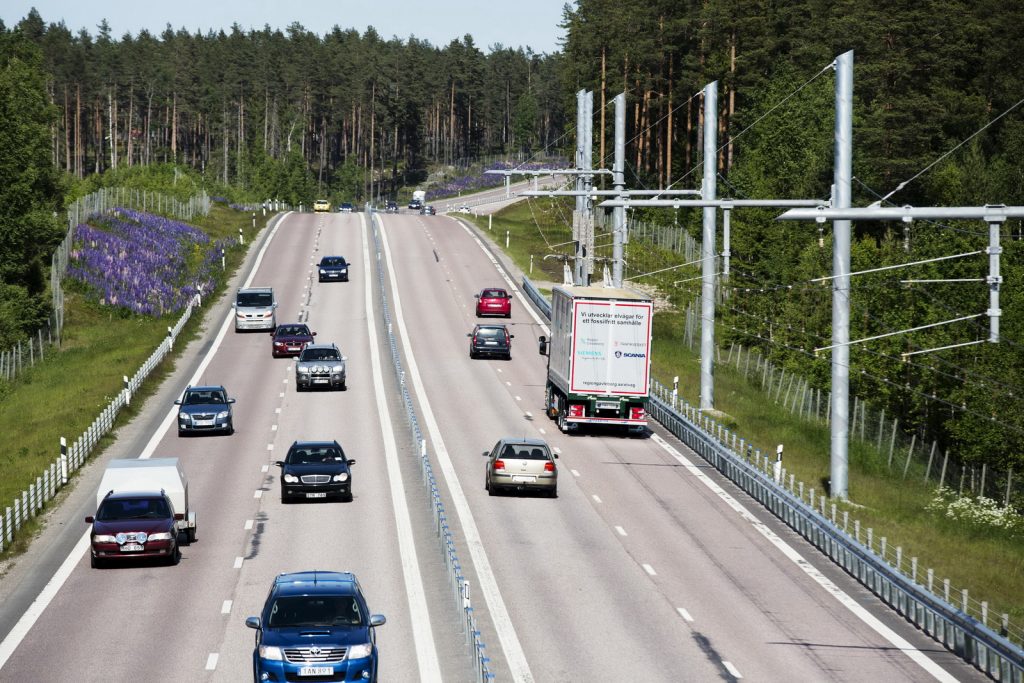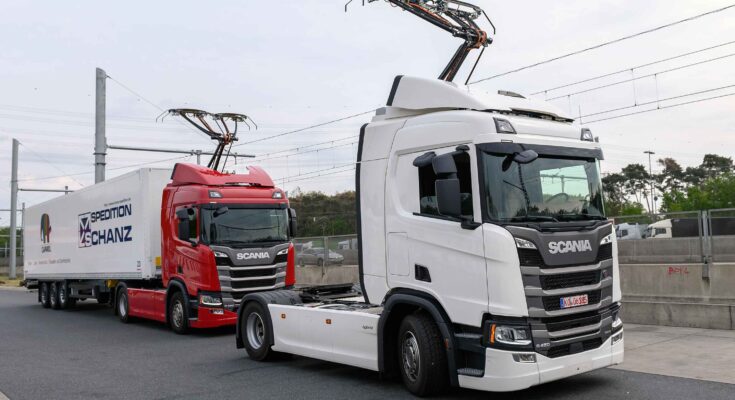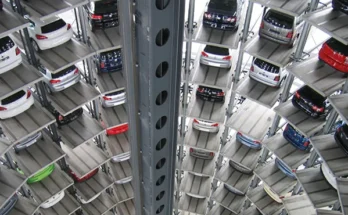Sweden has taken a groundbreaking step toward revolutionizing transportation with its innovative electric highway system. This forward-thinking initiative positions Sweden as the first country in the world to introduce electric highways, where trucks can charge their batteries while moving. The project reflects Sweden’s commitment to sustainability and its ambition to lead the global transition to environmentally friendly transport solutions.
How the Electric Highway Works

The concept of electric highways is both simple and innovative. Trucks traveling on these highways are equipped with a pantograph, a mechanical arm that connects to an overhead catenary system. Much like the systems used by electric trains and trams, this setup enables trucks to draw electricity directly while moving. Once connected, the trucks’ batteries charge as they continue their journey. If the truck exits the highway or loses contact with the catenary system, it seamlessly switches to a backup engine, ensuring uninterrupted travel.

Sweden’s first operational electric highway was tested in 2016 on a two-kilometer stretch of the E16 highway near Gävle. This pilot project, led by Siemens and Scania, was designed to evaluate the feasibility of the technology in real-world conditions. The success of the project demonstrated that electric highways could significantly reduce carbon emissions, making them a practical solution for long-haul transportation.
Why Electric Highways Matter

Transportation is one of the largest contributors to greenhouse gas emissions globally, with heavy-duty trucks accounting for a significant portion of these emissions. Electric highways address this challenge by offering an alternative to fossil fuel-powered trucks. By enabling trucks to run on electricity, Sweden is reducing its reliance on fossil fuels and moving closer to achieving its climate goals.
The potential benefits extend beyond environmental impact. Electric highways can reduce the operational costs for transport companies by cutting fuel expenses. Moreover, they help enhance energy efficiency by leveraging renewable energy sources such as wind and solar power, which are abundant in Sweden.
Sweden’s Vision for the Future
Sweden’s investment in electric highways is part of a broader strategy to achieve net-zero emissions by 2045. The government plans to expand the electric highway network across the country, connecting major routes to create a seamless charging infrastructure for trucks. The ultimate goal is to make long-haul transportation as sustainable as possible, setting a benchmark for other countries to follow.
This ambitious initiative has already inspired other nations to explore similar systems. Germany and Italy, for instance, have begun testing electric highways based on Sweden’s model. By leading the way, Sweden is not only addressing its domestic environmental challenges but also influencing global transportation trends.
A Model for Sustainability
Sweden’s electric highway project is a shining example of innovation and environmental responsibility. It demonstrates how technology can be harnessed to address critical issues like climate change and energy consumption. As the world grapples with the need for sustainable solutions, Sweden’s electric highways stand as a beacon of progress and a testament to what can be achieved through vision, collaboration, and determination.
By investing in this cutting-edge technology, Sweden is paving the way for a cleaner, greener future—one electric highway at a time.



